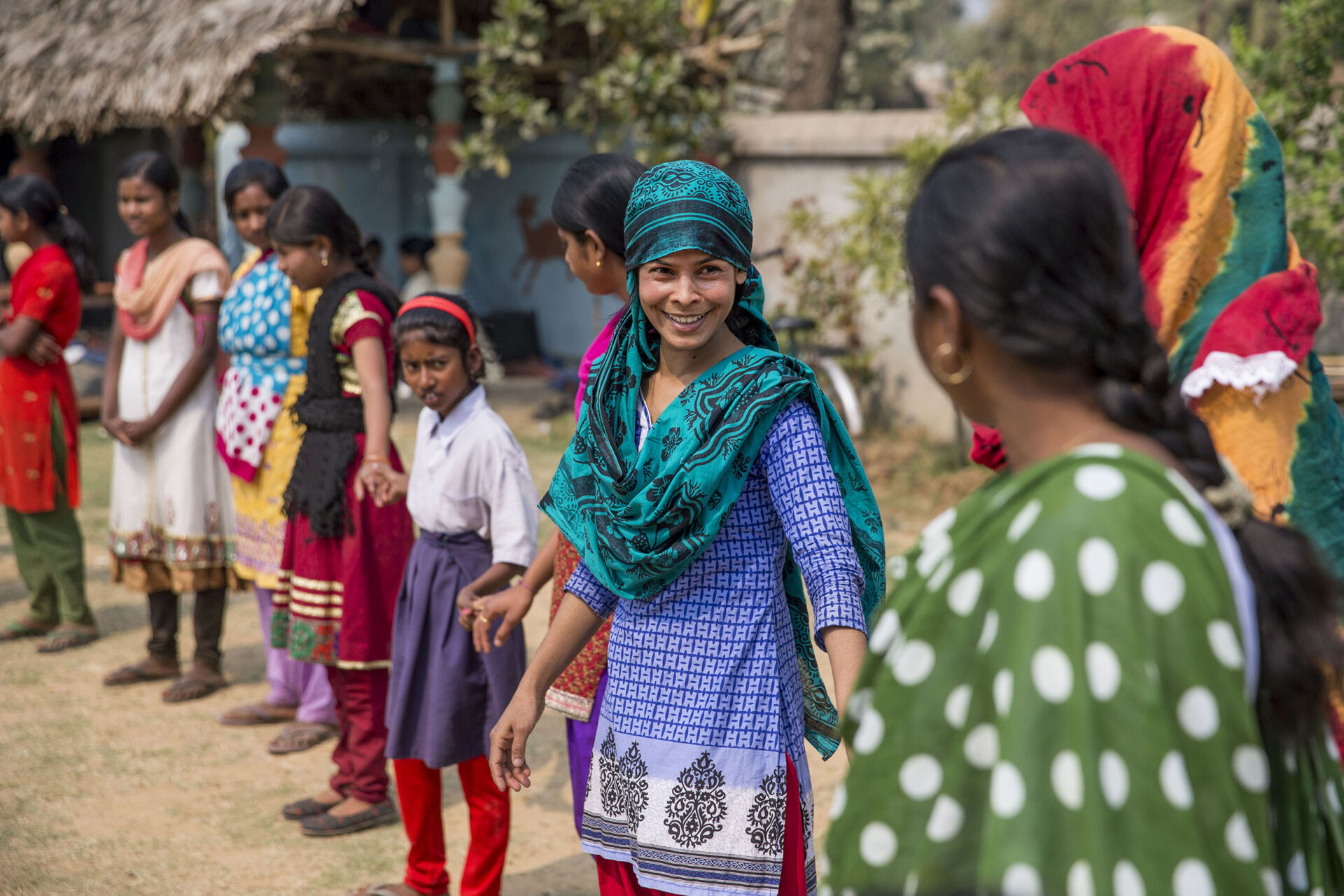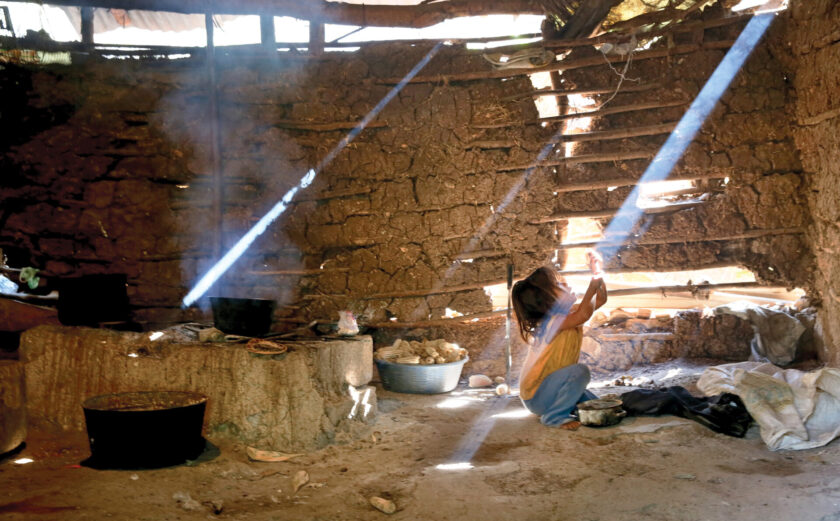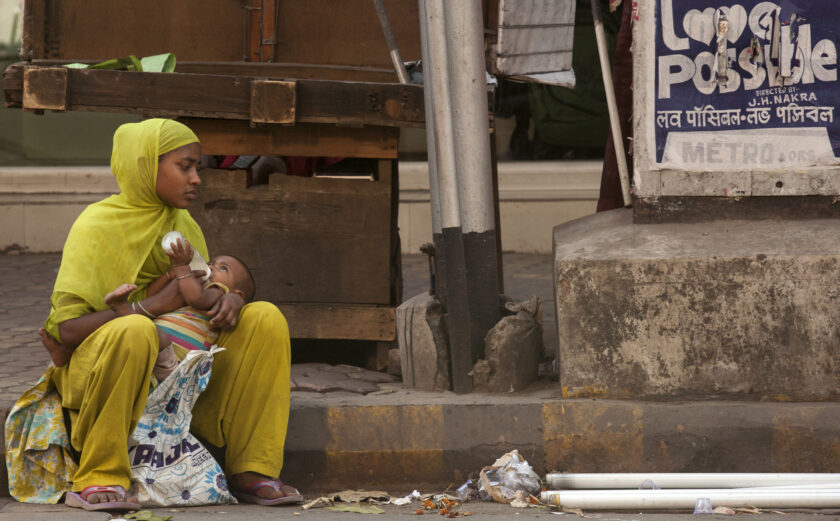
Getting Practical with Prevention
What Does it Take to Reduce Risk?
Between June and August of 2020, InterAction held a virtual practitioners’ roundtable, a series of five online sessions titled “Getting Practical with Prevention: What does it take to reduce risk?”
The sessions brought together more than 40 practitioners from 21 international non-governmental organizations (INGOs) and national NGOs, mostly operating in Nigeria, Iraq, and Honduras—all locations where InterAction has extended support for Results-Based Protection over the past year with support from the Swedish International Development Agency (Sida). Participants included field-based staff as well as protection specialists from headquarters and regional offices.
The roundtable’s overarching theme was prevention: what are practical ways to change the risk factors that lead to violence, coercion, and deliberate deprivation and therefore interrupt ongoing patterns of harm? Participants identified several challenges they confront in preventative programming, including programmatic siloes leading to gaps in collaborative strategies; the perception of increased risk to the organization; a belief that preventative programming is under-resourced; and the challenge in measuring a counter-factual and, therefore, to demonstrate results. We know that these challenges are not new and that there are efforts underway to address these barriers. However, much more work needs to be done before we can expect advancements in more preventative protection approaches.
“One weakness in our community-based approaches is that we do more consulting than enhancing participation. These are not interchangeable, and protection actors need to push for this.”
–Roundtable Participant
Building on the Three Key Elements of Results-Based Protection, the roundtable covered several themes, including community strategies for risk reduction, strengthening protection analysis, the linkage between access and protection, and how to improve at measuring risk. Each thematic discussion aimed to engage participants on the practical realities in their contexts, what works, and what is needed to overcome the challenges they face.
“We can use jargon that creates barriers for people to understand their role in measurement. Demystifying this is important.”
–Roundtable Participant
Cross-cutting themes centered around the way we do our work. Building from InterAction’s findings outlined in Embracing the Outcome Mindset: We All Have a Role to Play, the roundtable’s underpinning assertion was that we must change our mindset to approach protection as an outcome rather than as an activity or a service to be delivered. As practitioners and experts engaged in discussions, tested tools, and challenged assumptions, some of the building blocks of this mindset emerged:
- Affected people are the primary agents of their own protection.
- Effective risk reduction depends on creativity and flexibility.
- Simple methods and tools can help us to navigate the complexity of protection.
The culture and systems of individual NGOs and the humanitarian system as a whole—as well as donor policy and practice—are critical to this mindset, these ways of working, and the cultivation of environments that encourage practical problem-solving to reduce risk. An outcome-oriented mindset may have implications for how staff is hired, how resources are allocated, how programs are managed, and how we evaluate effectiveness and impact.
For more information, please contact Keri Baughman, InterAction’s Senior Coordinator for Protection.
Veuillez trouver la traduction française de ce blog ICI.
Por favor, encuentre la traducción al español de este blog AQUI.








